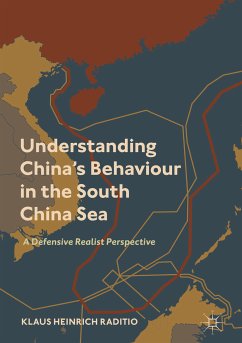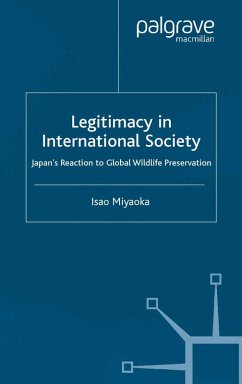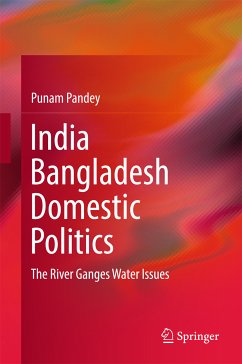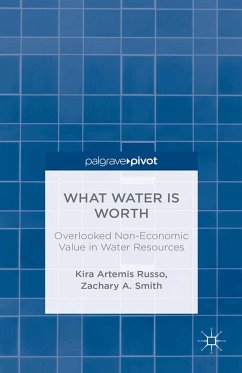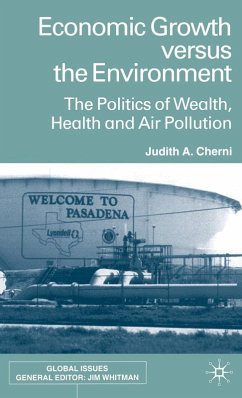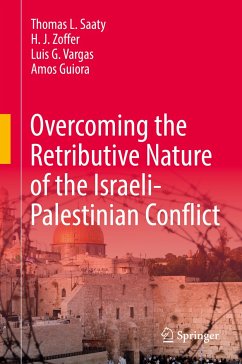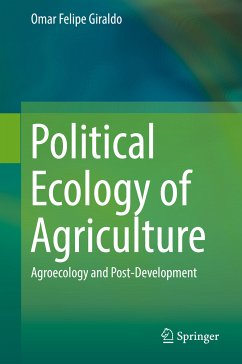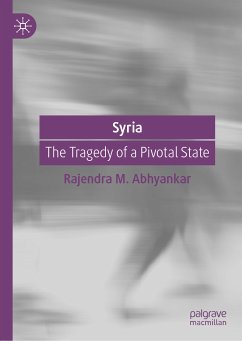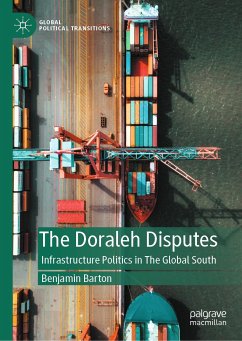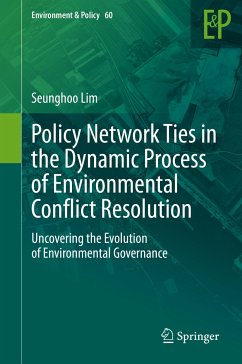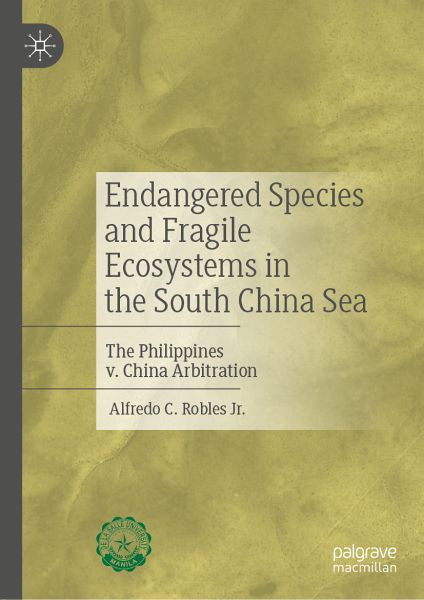
Endangered Species and Fragile Ecosystems in the South China Sea (eBook, PDF)
The Philippines v. China Arbitration
Versandkostenfrei!
Sofort per Download lieferbar
40,95 €
inkl. MwSt.
Weitere Ausgaben:

PAYBACK Punkte
20 °P sammeln!
This book presents an in-depth analysis of the environmental issues raised in the South China Sea Arbitration Awards, which have not attracted as much attention in the Philippines as the "nine-dash line". Specifically it focuses on the conservation of endangered species and the conservation of fragile ecosystems in the South China Sea. The aims of the book are two-fold. First, it seeks to explain the Philippine perspective on the environmental aspects of its dispute with China. The book reconstructs the Philippine perspective in part by consulting several dozens of the hundreds of documents th...
This book presents an in-depth analysis of the environmental issues raised in the South China Sea Arbitration Awards, which have not attracted as much attention in the Philippines as the "nine-dash line". Specifically it focuses on the conservation of endangered species and the conservation of fragile ecosystems in the South China Sea.
The aims of the book are two-fold. First, it seeks to explain the Philippine perspective on the environmental aspects of its dispute with China. The book reconstructs the Philippine perspective in part by consulting several dozens of the hundreds of documents that the Philippines submitted to the Tribunal. Some of these documents were classified as secret and would thus have never been made available to the public had it not been for the arbitration. Second, it attempts to explain the decisions of the Tribunal on jurisdiction and admissibility as well as the decisions on the merits of the dispute. The book does this by consulting not only the two Awards but also the hundreds of pages of transcripts, expert reports, supplemental submissions and written responses by the Philippines to questions posed by the Tribunal.
The aims of the book are two-fold. First, it seeks to explain the Philippine perspective on the environmental aspects of its dispute with China. The book reconstructs the Philippine perspective in part by consulting several dozens of the hundreds of documents that the Philippines submitted to the Tribunal. Some of these documents were classified as secret and would thus have never been made available to the public had it not been for the arbitration. Second, it attempts to explain the decisions of the Tribunal on jurisdiction and admissibility as well as the decisions on the merits of the dispute. The book does this by consulting not only the two Awards but also the hundreds of pages of transcripts, expert reports, supplemental submissions and written responses by the Philippines to questions posed by the Tribunal.
Dieser Download kann aus rechtlichen Gründen nur mit Rechnungsadresse in A, B, BG, CY, CZ, D, DK, EW, E, FIN, F, GR, HR, H, IRL, I, LT, L, LR, M, NL, PL, P, R, S, SLO, SK ausgeliefert werden.



